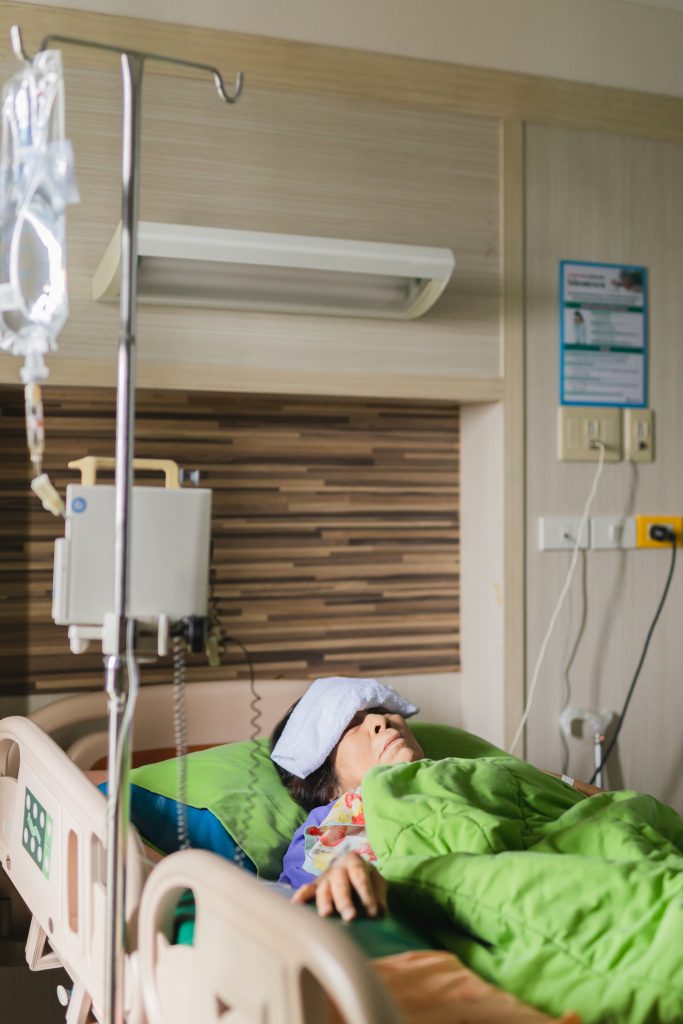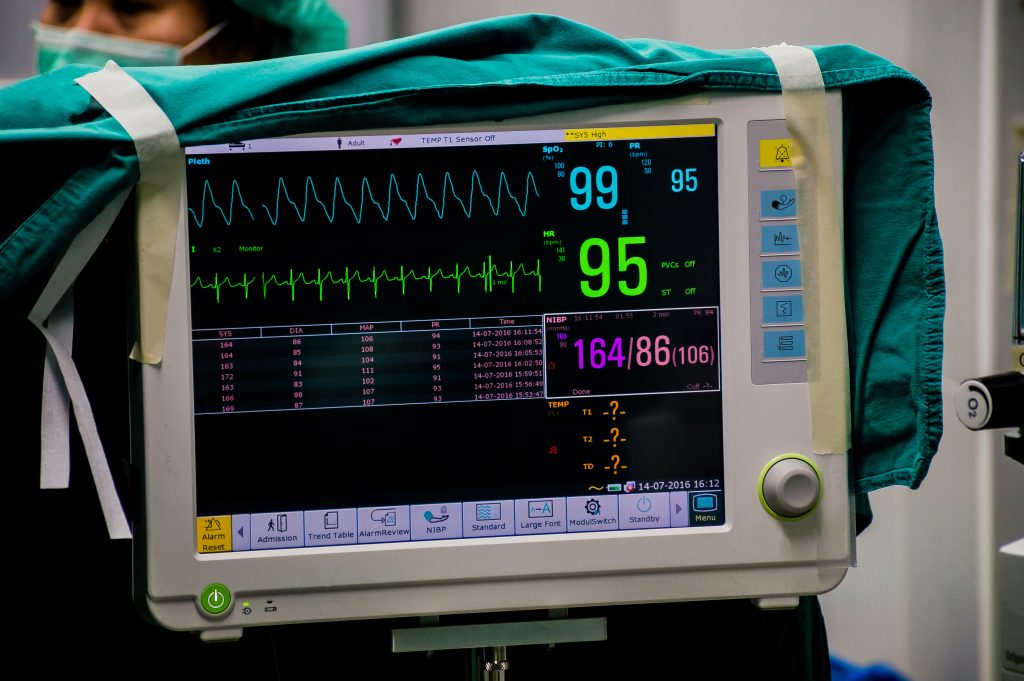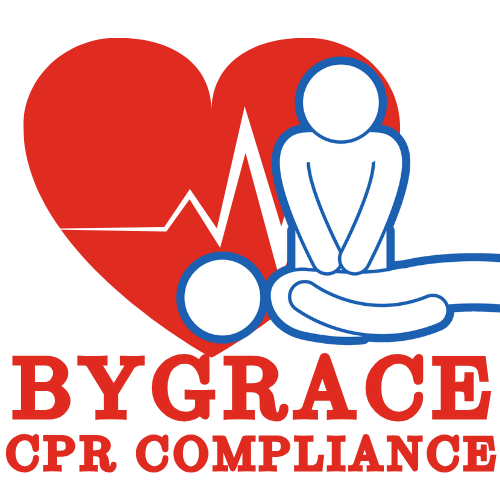
What is ACLS?
ACLS is a set of life-saving interventions that are used in the case of a cardiac arrest or other serious cardiovascular emergencies. It’s an advanced level of training that’s typically required for healthcare professionals who work in emergency situations.
In order to be certified in ACLS, individuals must complete a training course that includes both classroom instruction and hands-on practice. The course typically lasts for two days and covers topics like airway management, rhythm recognition, and defibrillation.
Once the course is completed, individuals must pass a written exam and a skills test to become certified
ACLS also involves the use of an AED (automated external defibrillator). This device is used to deliver an electric shock to the heart to restore a normal heart rhythm.
we’ll talk about intubation. This is a procedure where a tube is inserted through the mouth and into the airway to help a person breathe.
ACLS also includes the use of medications to treat cardiac arrest. These medications include epinephrine, amiodarone, and atropine.
ACLS also includes procedures like chest compressions, rescue breathing, and the use of a mechanical ventilator.
The History of ACLS:
The history of ACLS actually dates back to the 1960s, when cardiopulmonary resuscitation (CPR) was first developed. In the 1970s, the American Heart Association created a program called Advanced Cardiac Life Support (ACLS), which was designed to teach healthcare professionals how to provide high-quality care for patients with cardiac arrest. Over the years, ACLS has been updated and revised to reflect the latest evidence-based practices.
How ACLS Is Used In Real Life Situations in Case Of Cardiac Arrest:
In the case of cardiac arrest, ACLS is used to stabilize the patient and restore a normal heart rhythm.
ACLS is also used in the case of strokes, heart attacks, and other life-threatening conditions. In addition, ACLS can be used to help patients with chronic illnesses who may experience cardiac or respiratory failure. This helps to improve the patient’s quality of life and increase their chances of survival.

Different Professionals Who use ACLS:
The most common professions that use ACLS are physicians, nurses, and paramedics.
However, other healthcare professionals such as respiratory therapists, EMTs, and lifeguards can also be certified in ACLS.
Some non healthcare professionals like the Police Officers, Firefighters and Military can also receive training in ACLS.
The Benefits Of ACLS:
The main benefit of ACLS is that it can save lives. Studies have shown that patients who receive ACLS are more likely to survive cardiac arrest than those who do not.
ACLS can improve patient outcomes, reduce the risk of brain damage, and improve quality of life. It can also be used to manage chronic conditions and improve the chances of long-term survival.
ACLS can also reduce healthcare costs. This is because it can prevent the need for hospitalization and other expensive treatments.
It can improve patient satisfaction by providing high-quality care, and also can help reduce the stress on the healthcare system by reducing the number of patients who need advanced care.
Challenges That faces The Use of ACLS
There are a few challenges that face the use of ACLS. One challenge is the cost of training and equipment. This can be a barrier for some healthcare facilities, especially in developing countries.
The lack of trained professionals to administer ACLS. This is especially an issue in rural areas, where it can be difficult to attract and retain skilled healthcare workers.
The need for more research on the effectiveness of ACLS. This is important in order to improve patient outcomes and ensure that the best possible care is being provided.
The need for standardized protocols and training. This can help ensure that all patients receive the same level of care, regardless of where they are located.
The need for more funding for research and training and the lack of awareness about the benefits of ACLS.
Possible Solution To The Challenges of ACLS
Some possible solutions to these challenges includes to provide financial incentives for healthcare facilities to invest in ACLS training and equipment.
This could include grants or other forms of assistance from governments or private organizations.
To establish partnerships between urban and rural healthcare facilities. This can help share resources and expertise, and can also help improve access to care in rural areas.
The use if technology to improve the reach of ACLS. This could include the use of telemedicine and other forms of remote monitoring and care.
The need to improve the public’s understanding of ACLS and its benefits, to increase the availability of online training and educational resources. This can make it easier for healthcare professionals to access the training they need, regardless of their location.
How ACLS Can Be Improved In The Use Of Technology.
One way to improve ACLS is through the use of electronic health records (EHRs). These can help provide real-time data about patients, which can improve the delivery of care.
Through the use of simulation technology. This can help healthcare professionals practice and improve their skills in a safe environment.
How does Evidence Based Practice Improve The Use Of ACLS?
Evidence-based practice is playing a big role in improving ACLS. Evidence-based practice is a process of using the best available research to guide clinical decision-making.
This process has led to changes in the way ACLS is taught and practiced. For example, evidence-based practice has led to changes in the use of medications, CPR techniques, and other aspects of ACLS. Overall, this has led to improved patient outcomes.
What Is The Difference Between ACLS And BLS
ACLS (Advanced Cardiovascular Life Support) and BLS (Basic Life Support) are two different types of CPR training.
The main difference between ACLS And BLS is the level of training and the situation they’re used
BLS is the foundation for all CPR training, and it covers basic life support skills like CPR and how to use an AED.
ACLS builds on this foundation and teaches more advanced skills like airway management and medications.
BLS is the foundation for all CPR training. It’s the basic skills that are needed in any situation where CPR may be required.
ACLS, on the other hand, is for more advanced situations. This could include patients who are in cardiac arrest or have other serious health conditions.
ACLS providers are also trained to work with a team, while BLS providers are often working alone.
In short, ACLS is a more advanced level of CPR training that is used in more complex .
The Future of ACLS
In the future, ACLS is likely to become even more technology-driven. For example, there are already some devices that can be used to monitor patients during CPR and provide real-time feedback to rescuers.
Virtual reality and augmented reality are being explored as potential tools for ACLS training.
And artificial intelligence is being investigated as a way to improve the accuracy and efficiency of CPR.
The use of technology is just one way that ACLS can be improved. Another way is through the use of evidence-based practice. This involves using the latest research to guide clinical decision-making.
Another important way to improve ACLS is through interprofessional collaboration. This involves healthcare professionals from different disciplines working together to provide the best possible care.
There are many organizations working to improve ACLS. For example, the American Heart Association (AHA) has developed several initiatives to improve the quality and safety of ACLS. These include the Get With The Guidelines program and the Resuscitation Quality Improvement program.
The Get With The Guidelines program is a national quality improvement initiative that aims to improve the care of patients with cardiovascular disease. The program provides tools and resources to help healthcare professionals measure and improve the quality of care.
The Resuscitation Quality Improvement program is a quality improvement program that focuses on improving the delivery of ACLS. The program uses data collection and analysis to identify opportunities for improvement.

0 Comments